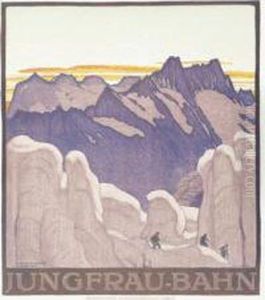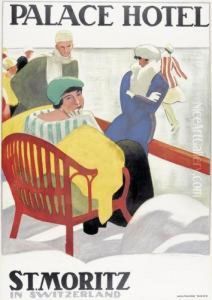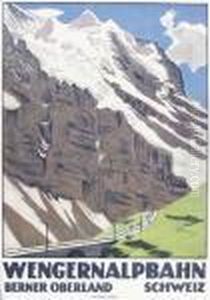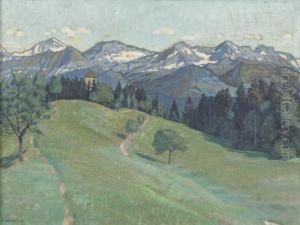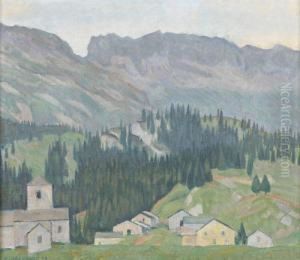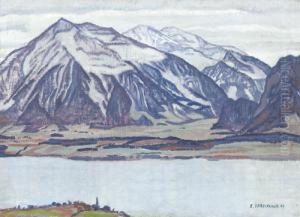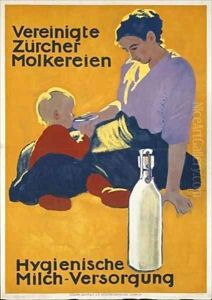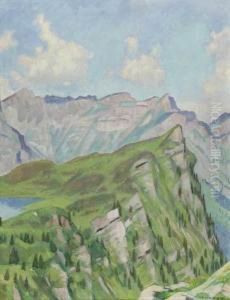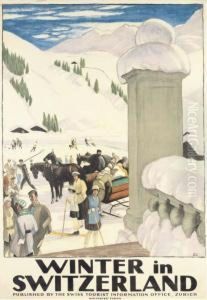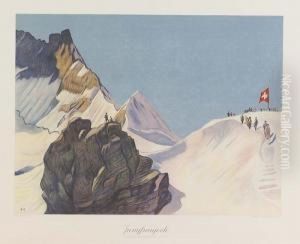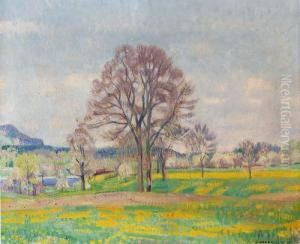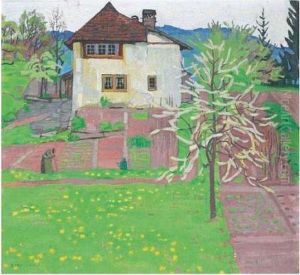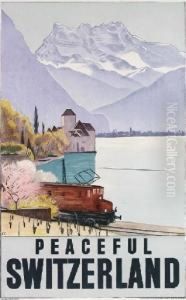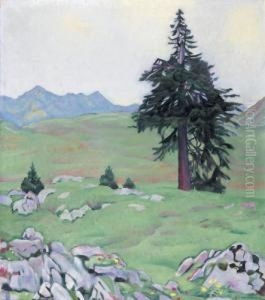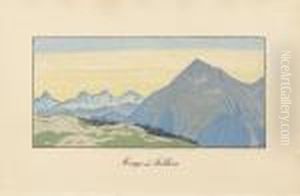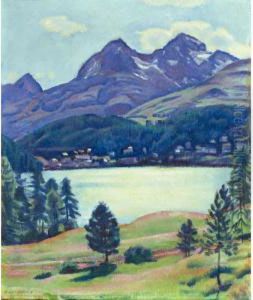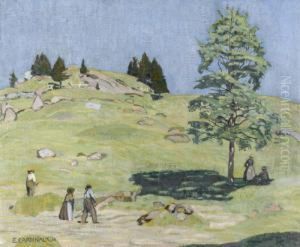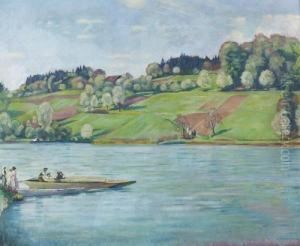Emil Cardinaux Paintings
Emil Cardinaux was a Swiss painter and graphic artist known for his significant contributions to early 20th-century poster design. Born on May 8, 1877, in Bern, Switzerland, he was a prominent figure in the Swiss art scene and greatly influenced by the Art Nouveau movement. His work often showcased the beauty of the Swiss landscape and was instrumental in promoting Switzerland as a tourist destination.
Cardinaux began his artistic career with studies at the École des Beaux-Arts in Geneva and later in Paris. His style evolved from traditional academic painting to a more modern graphic approach, which was more aligned with the emerging trends of the time. In 1908, he created one of his most famous works, the 'Matterhorn' poster, which is considered a masterpiece of early travel posters. The poster's striking simplicity and bold colors captured the grandeur of the Swiss Alps and became an iconic image for Swiss tourism.
Throughout his career, Cardinaux continued to work on numerous advertising posters, using lithography as his primary medium. His posters were characterized by strong composition, a clear message, and a vibrant color palette. He worked on various subjects, including commercial advertisements, public events, and cultural promotions.
Aside from his poster art, Emil Cardinaux also painted landscapes and portraits. His landscape paintings often reflected a sense of tranquility and were marked by a delicate interplay of light and shadow. These works conveyed his deep appreciation for the natural beauty of his homeland.
Emil Cardinaux's artistic legacy extends beyond his posters and paintings. He played a critical role in establishing graphic design as a professional field in Switzerland. His work paved the way for future generations of graphic artists and helped to solidify Switzerland's reputation for high-quality design.
Cardinaux's contribution to art and design was recognized during his lifetime, and he received several awards for his work. He continued to be active in the art community until his death on February 15, 1936, in Zurich. His work remains celebrated for its historical value and its enduring visual appeal, which continues to captivate audiences worldwide.





